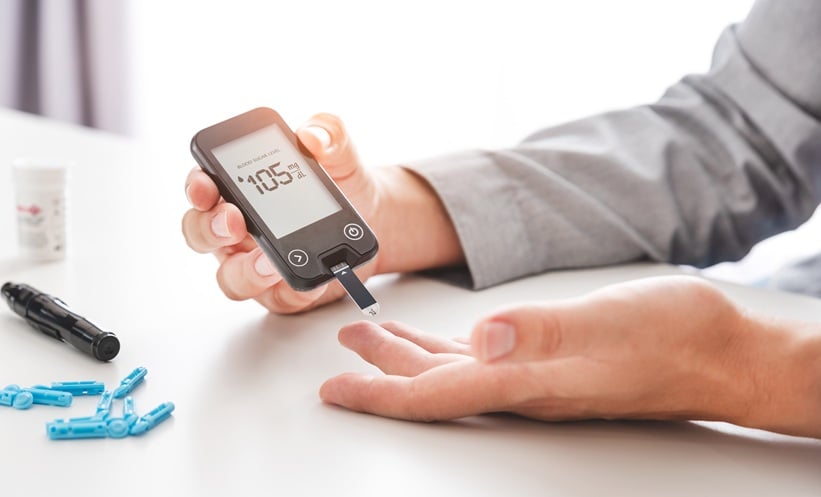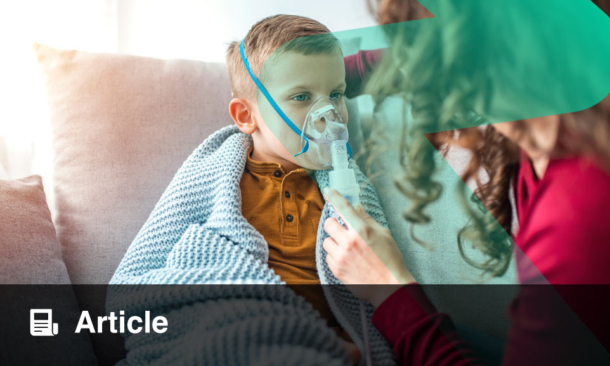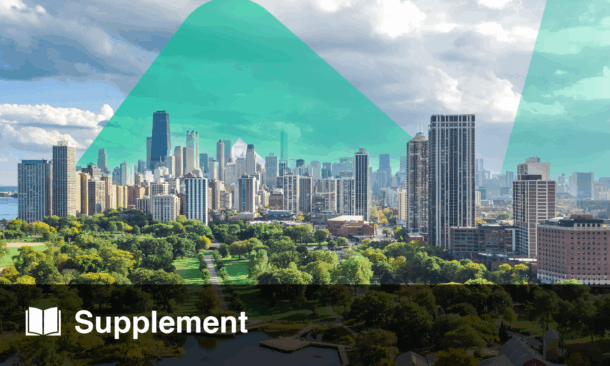CHILDREN with sleep-disordered breathing who experience a higher hypoxic burden show stronger links to sleepiness and disease severity, according to new research. Hypoxic burden is an emerging metric that measures the cumulative impact of intermittent hypoxia during sleep and may offer advantages over traditional indicators such as the apnea-hypopnea index.
The study assessed 512 children referred for suspected sleep-disordered breathing, with hypoxic burden data available for 380 participants. Hypoxic burden was defined as the total area under oxygen saturation curves for events involving at least 3% desaturation. The median value was 1.7% min/h, with wide variation across patients.
Children with moderate-to-severe obstructive sleep apnea syndrome had significantly higher hypoxic burden compared with those with mild disease or primary snoring, with values of 7.5% min/h, 2.7% min/h, and 1.1% min/h respectively. Hypoxic burden correlated strongly with the apnea-hypopnea index, oxygen desaturation index, and minimum oxygen saturation, confirming its clinical relevance.
Obesity and tonsillar hypertrophy were both associated with increased hypoxic burden, reflecting their combined effect on desaturation depth rather than duration. Importantly, in children with primary snoring, hypoxic burden was significantly associated with parent-reported sleepiness. Each standard deviation increase in hypoxic burden corresponded to a 39% increase in the odds of a score greater than 10 on the modified Epworth sleepiness scale.
These findings suggest hypoxic burden is a distinct and independent marker of sleep-disordered breathing severity in children. By capturing the cumulative effect of oxygen desaturation, it may provide new insight into the mechanisms linking sleep-disordered breathing with neurocognitive impairment. The results highlight its potential to refine diagnostic strategies and improve the understanding of clinical outcomes in pediatric sleep medicine.
Reference: Bokov P et al. Hypoxic Burden in Children With Sleep-Disordered Breathing: Determinants and Correlates. J Sleep Res. 2025 Sep 20:e70211.








